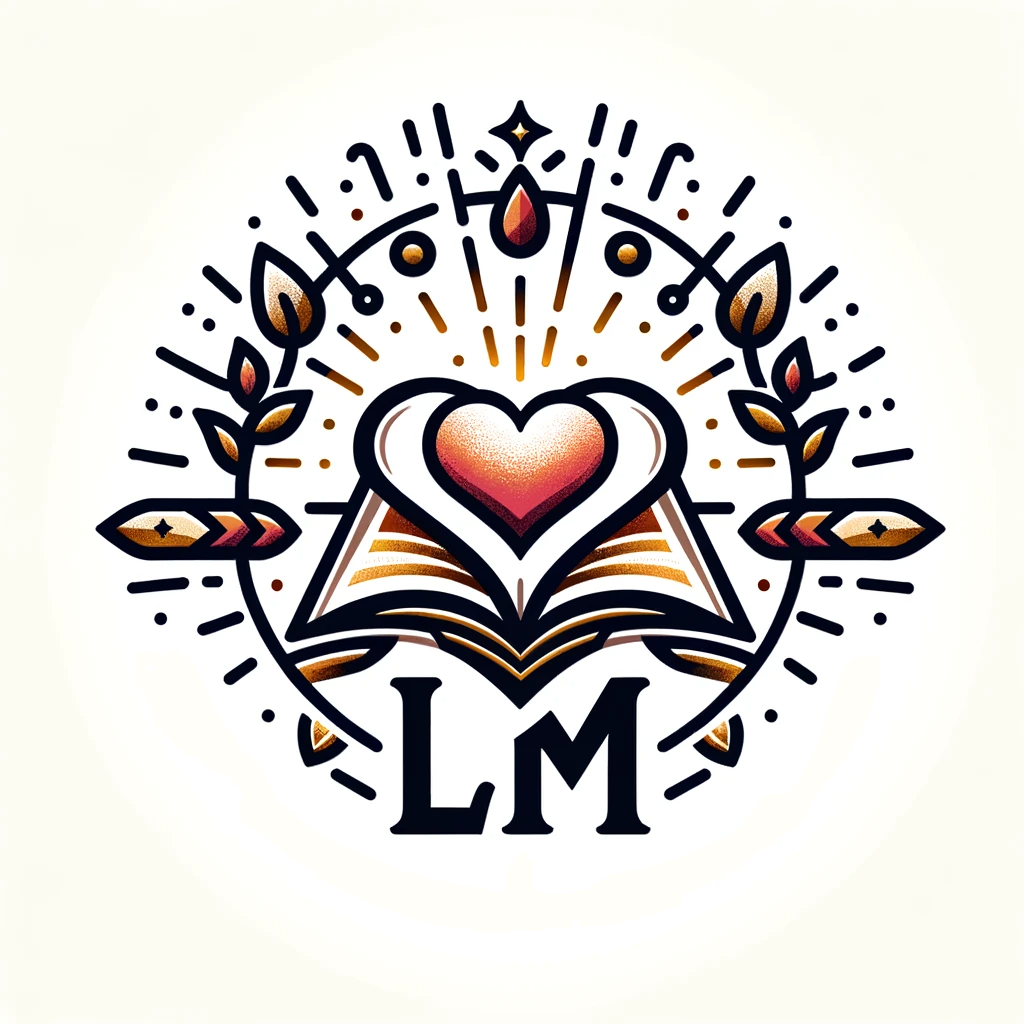The intertwining of symbolism and spirituality has long been an intriguing aspect of religious narratives. One of the most fascinating explorations within this realm is the profound significance of gardens in various religious and spiritual contexts.
Within this blog post, we delve into the symbolic intricacies of the Garden of Eden, the Temple, and the Garden tomb, unraveling their profound connection with the human-divine relationship and the path to reconciliation. Join us as we embark on a journey into the rich tapestry of theological symbolism and biblical themes.
Contents
The Primordial Garden: Symbolism and Separation from the Divine
The primordial garden of Eden holds a pivotal place in the narrative of human-divine interaction. The symbolism of the Tree of Life, the presence of cherubim, and the ensuing separation between humanity and the divine sets the stage for profound theological contemplation. This chapter explores the deep-rooted symbolism within the Garden of Eden and its enduring impact on the human condition.
Beyond the Veil: Cherubim and the Sacred Temple Barrier
Transitioning from the primordial garden, we venture into the sacred space of the Temple, where the enigmatic presence of cherubim signifies the separation between God and humanity. The symbolism embedded in the Temple veil and the cherubim sheds light on the profound theological themes of reconciliation, emphasizing the intricate path towards the restoration of the human-divine relationship.
Death and Resurrection: The Path from Garden to Tomb
The journey from the garden to the tomb unveils the unparalleled significance of death and resurrection within the framework of theological symbolism. Drawing parallels between the Garden of Eden and the Garden tomb, this chapter delves into the profound connection between death, rebirth, and the eternal themes of salvation.
Jesus, the Gardener: Reconnecting Humanity with the Divine
In this culminating chapter, we explore the metaphorical significance of Jesus as the Gardener, embodying the transformative power of resurrection and reconciliation. The symbolic representation of Jesus’ role in reconnecting humanity with the divine encapsulates the overarching theme of redemption and new life, echoing through the ages.





